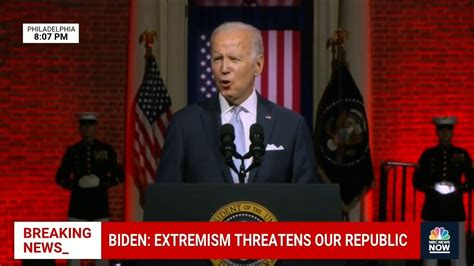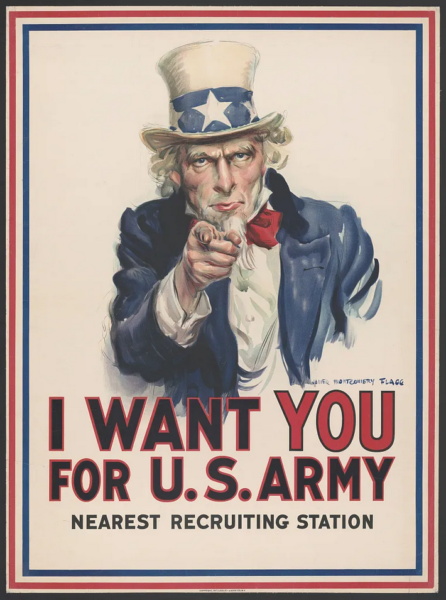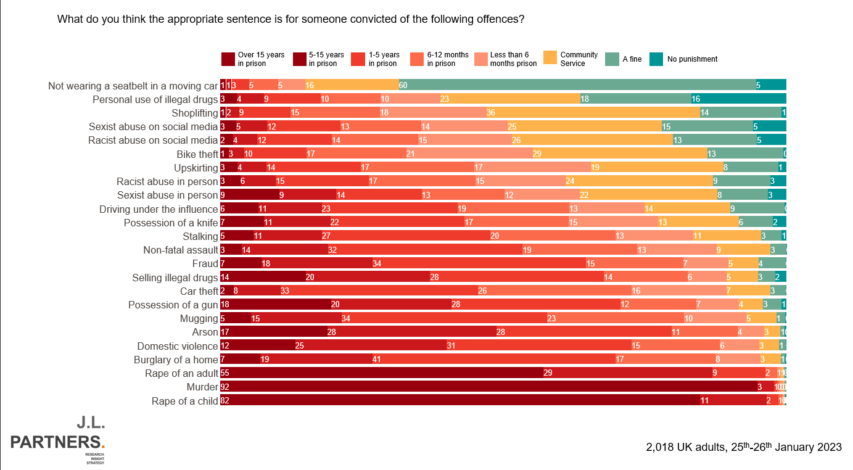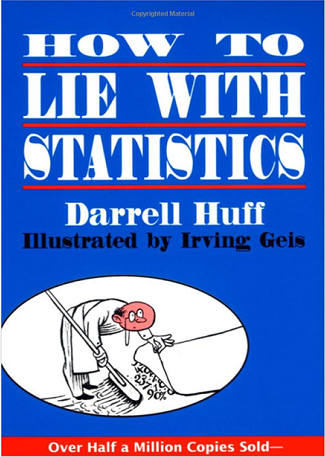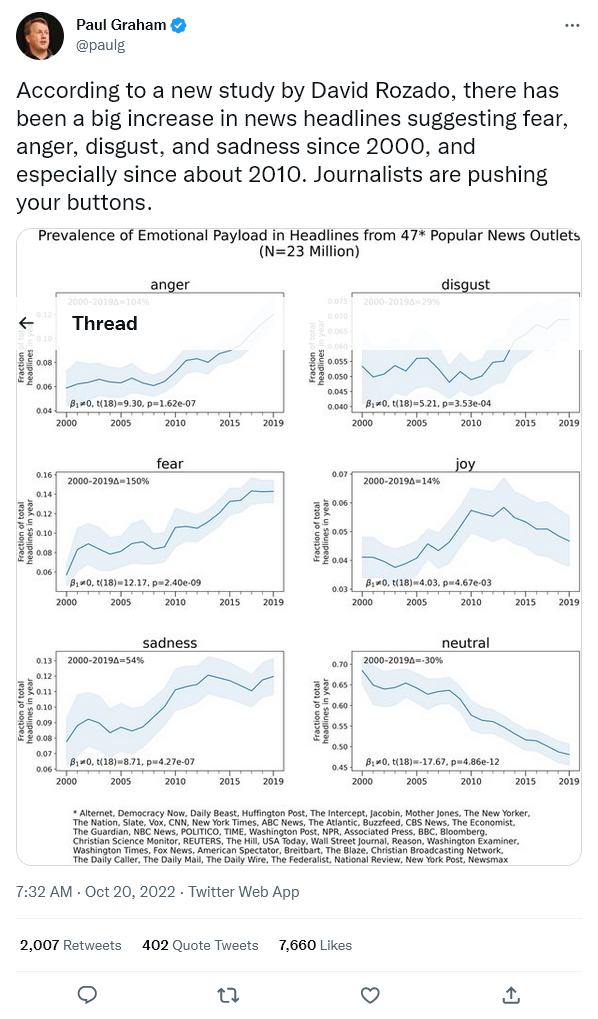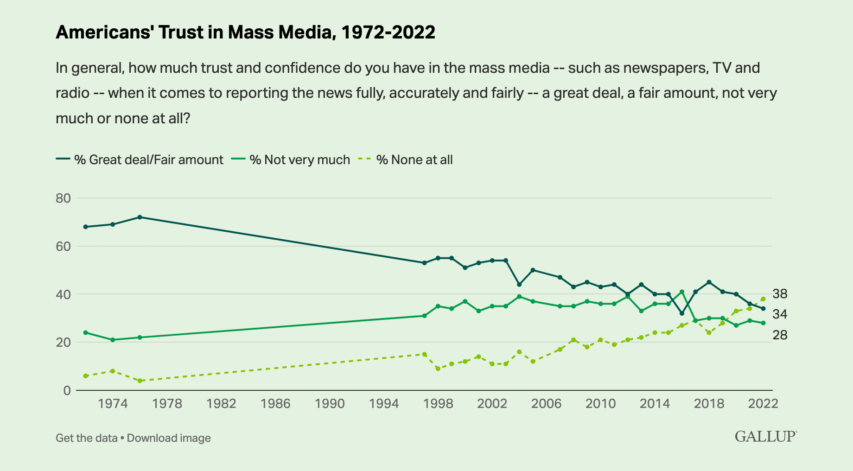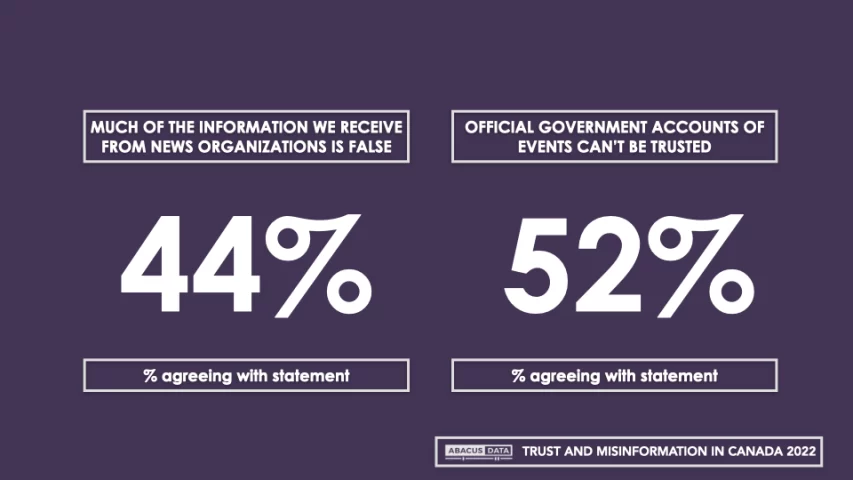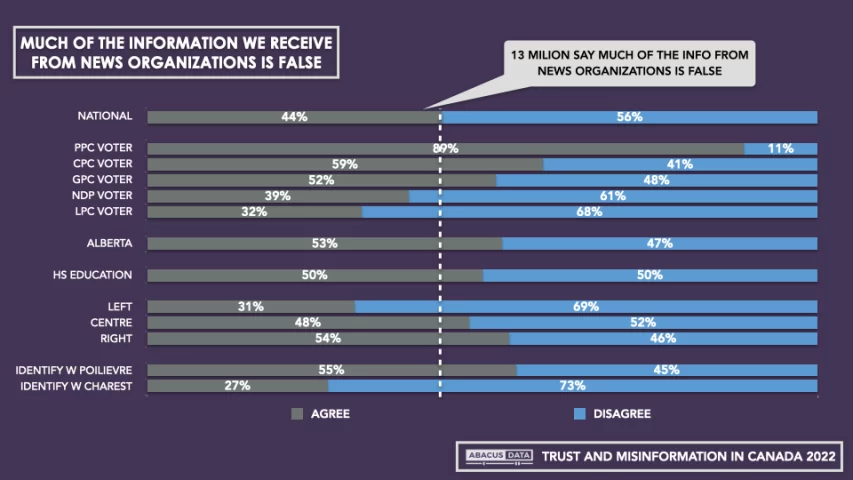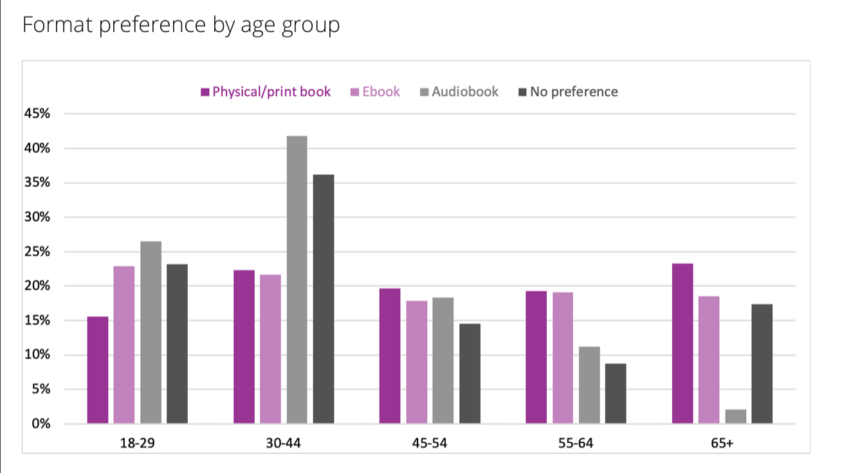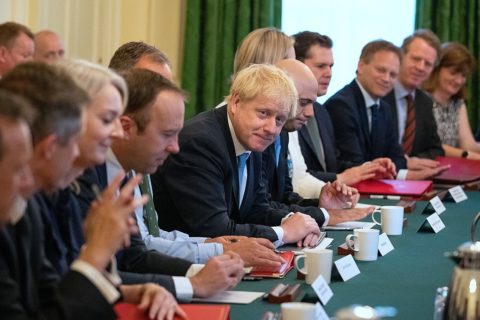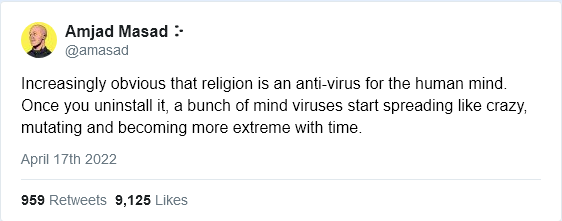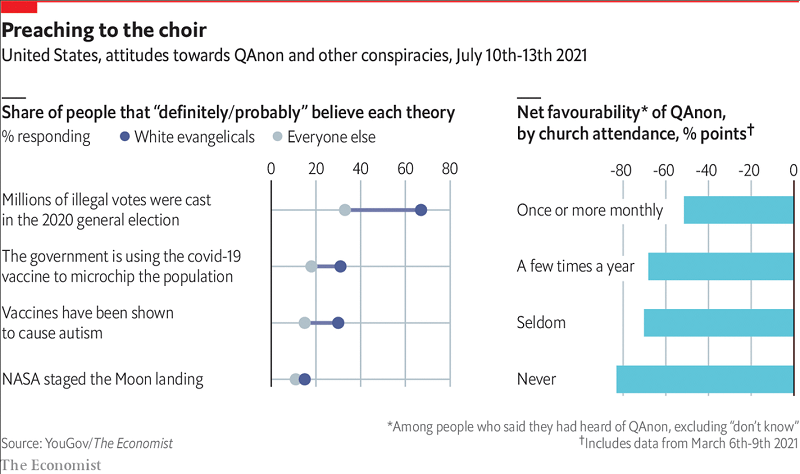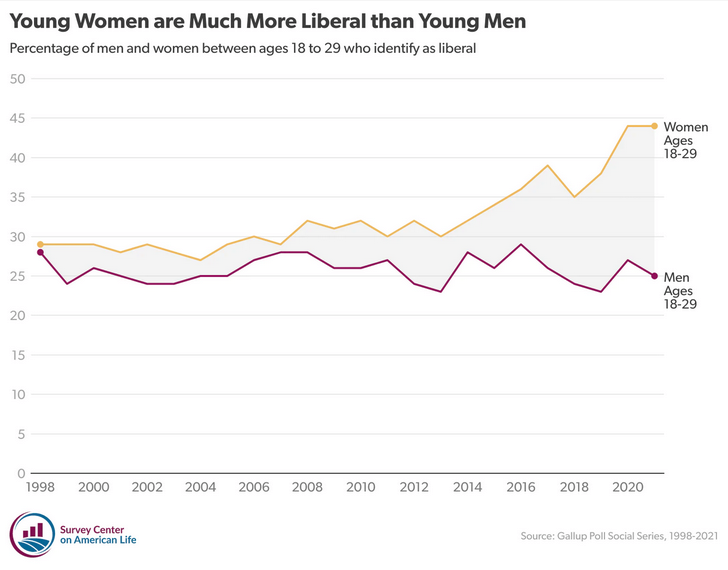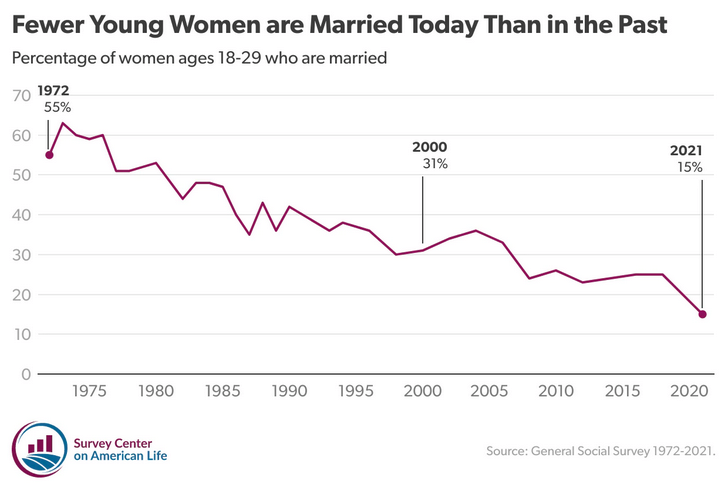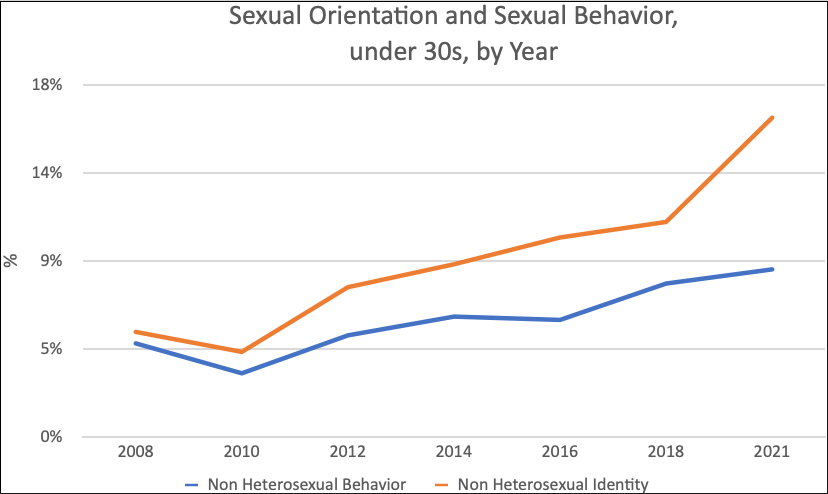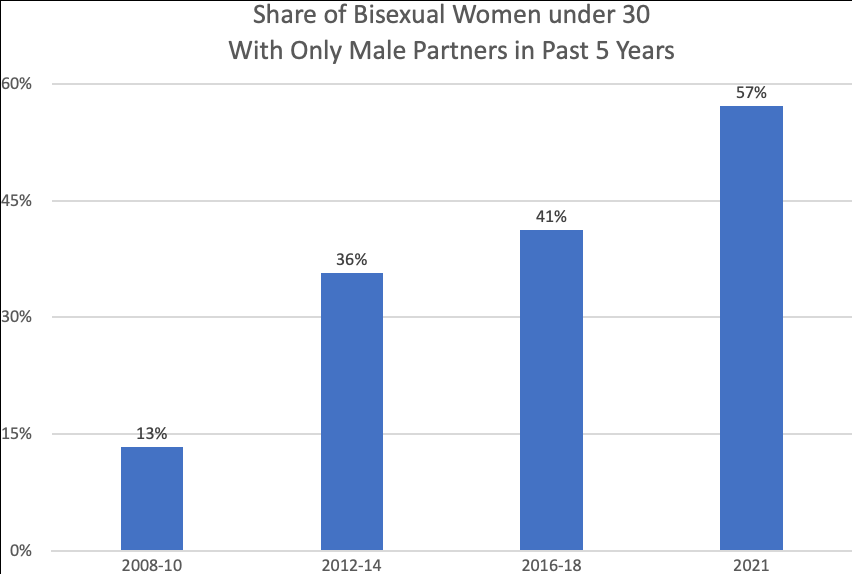At Oxford Sour, Christopher Gage contemplates the potential re-match of Joe Biden and Donald Trump in the 2024 election … and shudders:
Perhaps for good reason, any American with their eyes on the White House must be at least 35 years of age when assuming office. Mercifully, this rule prevents anyone with a TikTok account from being taken too seriously.
Apparently, Americans apply this rule to its very extreme.
This week, President Joe Biden announced his bid for re-election, promising in a video announcement to “finish the job”. Quite what job he refers to is anyone’s guess. Though in better shape than Great Britain (a bar so low it’s a carpet) America is not having the best of days, weeks, months, years, decades, or twenty-first centuries.
Biden wasted no time. His sales pitch? He’s not Donald Trump. Evidently, the Biden team assumes Trump will steamroller over Ron DeSantis en route to the Republican party nomination. It’s 2020 again.
I don’t know about you, dear reader, but every time I see “2020” written down, or the mere words “twenty-twenty” seep into my eardrums, my heart flutters, my brain jangles, and a panic attack seizes control of my body with all the charm and consideration of a central African coup d’état.
Americans seem to agree. Seventy percent of Americans don’t think the 80-year-old Biden should run for re-election. Even 51 percent of Democrats nod their heads. Meanwhile, sixty percent, including one-third of Republicans say Trump, 76, should not run for president.
President Biden is not the most spring of chickens. Half of those who think he should sit this one out say Biden’s age is a “major” reason behind their thinking.
To put it mildly, this decade hasn’t quite gone the way of the “Roaring Twenties”. In 2019, I told anyone with ears that this decade would be the decade of decades. Reader, the jury is out. By “out” I don’t mean they’re busy making their considerations. By “out” I mean the jury is riddled with hollow-point bullets.
Perhaps that’s why a 38 percent plurality told pollsters they felt “exhausted” over the very idea of a Biden versus Trump rematch. Twenty-nine percent said they felt “fear” whilst just under a quarter felt both “sadness and fear”.
Which brings me to vice president Kamala Harris. This week, we learned of Biden’s intention to rehabilitate Harris’ image. Harris hasn’t had the most illustrious of tenures. Why? Well, let’s just say VP Harris is suited to other modes of employment. Ideally, Harris would find her feet in jobs which don’t require speaking in coherent, plain sentences and jobs which place a premium upon one’s ability to laugh at the most inappropriate of times. Reader, I’m about as socially attuned as a headbutt. Unlike Harris, I’m not literally one stopped heart away from the presidency.
It cannot be that a country of 330 million people, one which correctly claims to be the greatest country on earth, must limit itself to re-running the worst year in recent history.
And yet, there’s quite some time to go before the serious business of campaigning kicks into gear. If this horrendous decade has taught me anything, it’s that conventional wisdom isn’t worth the paper it’s printed on.

